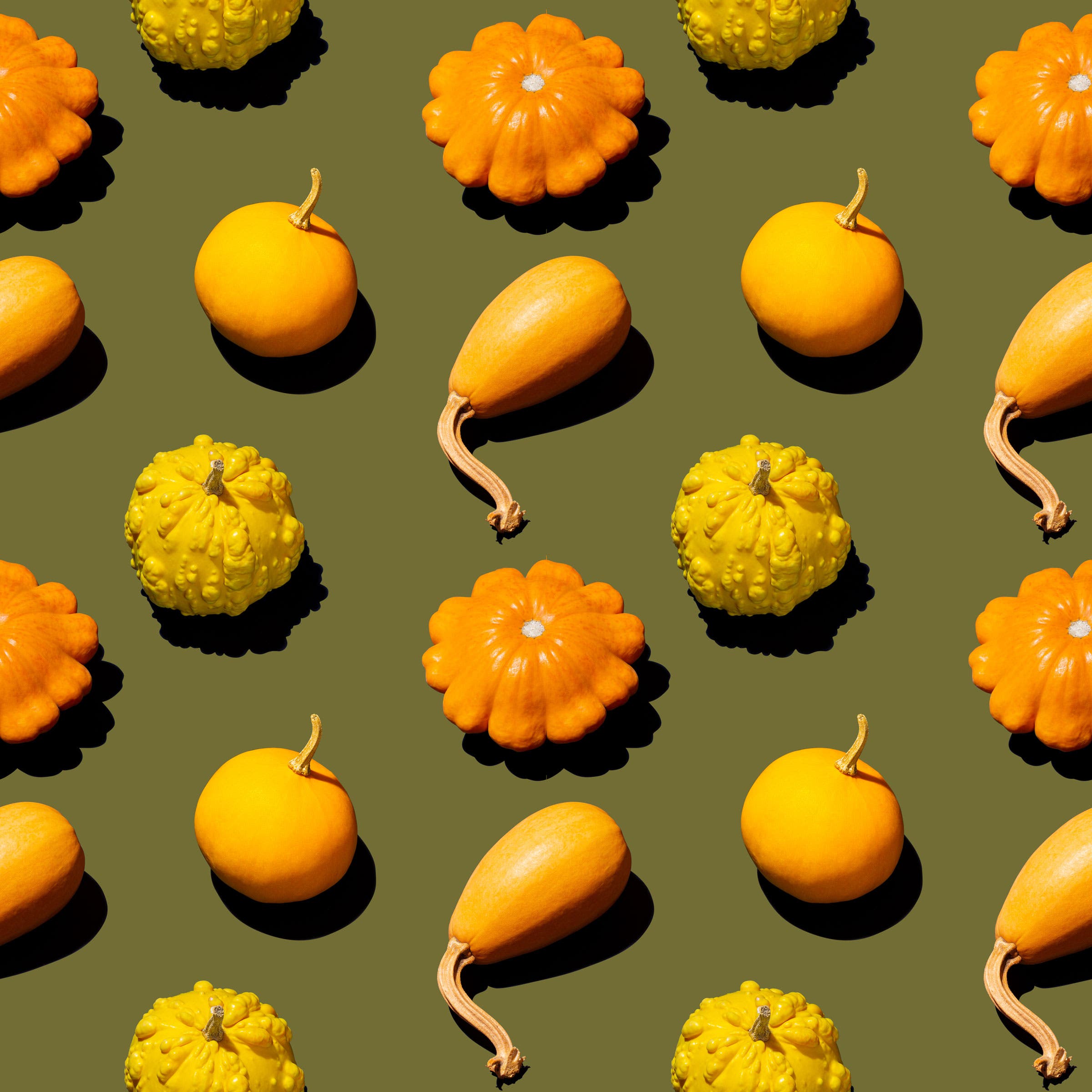4 Tips for Cooking with Pumpkin this Holiday Season

(Photo: Getty Images)
Sweater weather is on the horizon, and you may already have leaves crunching under your running feet. That pretty much means it’s pumpkin season. Aside from carving jack-o’-lanterns, sipping overpriced pumpkin-spice lattes, and eating holiday dessert, most people have little interaction with the iconic squash. And that’s a shame—the rich and tender flesh of pumpkin can be used to take a wide range of dishes up a gastronomic notch.
You can also count on it to deliver a huge wallop of vitamin A, a superhero nutrient for better immune and bone health. So it’s time to think beyond pumpkin-flavored everything grocery store displays and rustle up these sweet and savory seasonal delights.
4 Tips for Cooking with Pumpkin

Pick ’em Fresh
For cooking and baking purposes, not all pumpkins are created equal. The giants used for jack-o’-lanterns have an unappetizing stringy flesh. The flavor has been described as bland and woody.
Jeff Fiorvich, who owns Crystal Bay Farm in California with his wife, Lori, says that picking the right pumpkin to cook with starts with determining first what you want to cook. If you plan to make something sweet, you can grab a traditional pie pumpkin, or something a little more rare, like Jeff’s favorite, called winter luxury. Or you can search for something with warts and bumps. The Fiorvich’s say those adhesions can sometimes denote that the squash will have a high sugar content.
As for savory pumpkins, it’s hard to recommend one type over another when there are so many varieties. At Crystal Bay Farm they grow between 50 and 60 varieties of winter squash every year. “There’s just so much variety and flavor out there. Get outside the norm and go for something crazy looking,” says Lori. Some of their favorites for savory cooking include Musquee de Provence (also known as a fairytale pumpkin; it’s very versatile, can be roasted or used in stews and soups), Marina di Chioggia (a firm green squash that can be grilled or works well to make pumpkin ravioli), delicatas (small, fast-cooking squash), and Hubbard squash (dense with low water content, making it perfect for grilling or roasting).
The varieties of pumpkin available to you are going to be dependent on what local farmers are growing, so the Fiorviches urge consumers to experiment with what they’ve got. “Go fearlessly into that squash you’re going to eat,” Lori says.
Make It Nice With Pumpkin Spice
If pumpkins could speak, they would say to pumpkin pie spice: “You complete me.” For a DIY version, combine 1 Tbsp. cinnamon, 2 tsp. ginger powder, and 1 tsp. each allspice, cloves, and nutmeg. Use it in oatmeal, baked goods, yogurt, and smoothies. Or sprinkle on roasted pumpkin and other winter squash.
Playing with Pumpkin Purée
Cooking with pumpkin can be as easy as dropping a can of purée into your grocery cart. But if you want better flavor and to save some cash in the process, make your own by cutting a whole pumpkin in half and scraping out the seeds and pulp with a spoon or ice cream scooper. Slice the cleaned pumpkin into quarters and place, rind-side down, on a baking dish. Bake at 375 degrees for 45 to 60 minutes, or until flesh is very tender. Scrape off the flesh and whiz in a food processor until smooth. Extra purée can be frozen for up to six months.
Beyond Decor
If you’re a fan of arranging a well-curated selection of small pumpkins on your desk or as a dining room centerpiece to get you in the fall mood, you’ll be happy to know that you can (and should) eat them too. “That’s a perfect squash that is an excellent example of doing savory and sweet. You can do both with it,” says Lori. After carving around the stem like you would a jack-o’-lantern and scooping out the seeds, she recommends roasting them two ways: Sweet (fill with oatmeal, fruit, nuts, and a drizzle of maple syrup) or savory (fill with rice or quinoa, sausage or beans, and feta cheese). Roast in the oven until it is soft like a baked potato (20 to 40 minutes depending on the size of the pumpkin).
Storing Your Pumpkin
If you want to make your pumpkin season last, you can store cooked pumpkin (puréed or not) in your freezer for up to six months. Or you can store your uncooked pumpkin in a dry, cool place (like a garage or basement) for several months. In fact, the flavor should get better over time. “Almost all winter squash should cure for a certain length of time. Some only a few weeks, but others may not be at their best until two to three months after harvest,” says Jeff.